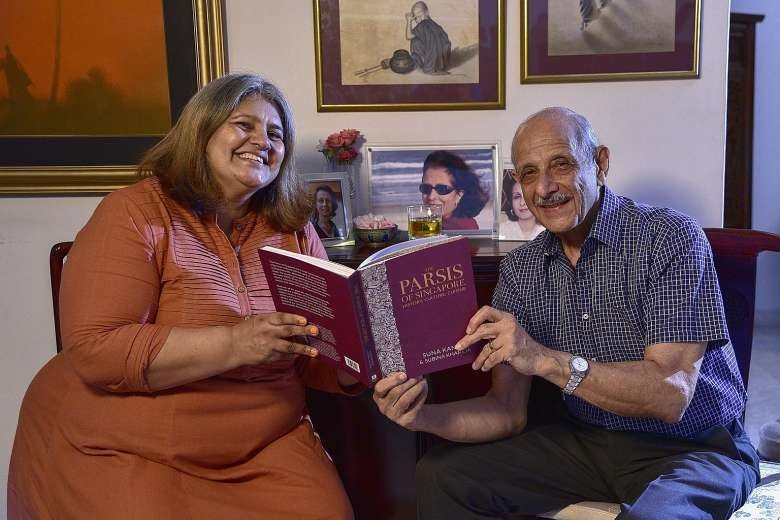Jamsetji Tata: The Make In India pioneer
Jamsetji Tata made some of the most enduring contributions to the material reinvigoration of India after its industries were systematically smashed under the British Raj

Jamsetji came from a line of priests 25 generations old in Navsari in Gujarat, though it was after 11 generations of ministrations there that they took on the surname “Tata”, destined for glory in the 20th century—and perhaps an awkward display of corporate discord lately in the 21st. Jamsetji would have become a priest had he not studied in what is now Mumbai, a city to which he made very many contributions, and where he elected to turn his decidedly astute head towards business, not god. He was a clever man and accumulated vast riches, most of which were invested in regenerating this growing fortune and distributing its yields generously.
He was also a man of vision. As one biographer noted, when Jamsetji was born in 1839, the world was still in the grasp of a generation that belonged to the 1700s. It was a time when bullock carts transported merchandise and stage coaches lugged human beings. In his lifetime, he witnessed the historic upheaval of 1857 as well as the arrival of motorcars and the railways. Sometimes with camels and donkeys as his mode of transportation, he travelled in countries as alien as Egypt and Russia and to places as distant as Shanghai and South Carolina. Everywhere, he absorbed ideas and innovations, proceeding to painstakingly incarnate them in his own land.
This, for instance, is what made him the first in Bombay to fit rubber around his carriage wheels, stunning masses of people with the stately quietness of his vehicular progress. It is what inspired him to pursue with vigour, and against all odds, the establishment of Tata Steel (when bureaucrats scoffed that they would eat every ounce of steel an Indian could produce) and the endowment, at considerable personal expense, of the Indian Institute of Science (IISc), now ranked the eighth leading small university in the world. By 1924, one in five Indian civil service officers of “native” origin had had his training sponsored by Tata, and it was Jamsetji who first instituted pension funds and accident compensation, and installed humidifiers and anti-fire sprinklers, for the welfare of his factory workers.
It was this same spirit that led to the establishment of the Taj Mahal Palace hotel, mocked instantly as “Tata’s White Elephant”, but which has become an iconic symbol of the city of Mumbai and of India itself. Jamsetji exasperated legions of imperial worthies with his untiring missions—Lord Curzon once irritably remarked that he was “endeavouring to save Tata’s scheme from the shipwreck which (are) his ambitions”. Indians, on the other hand, admired him for precisely such ambition. Years later, Jawaharlal Nehru remarked that Jamsetji “formed himself into some kind of a planning commission”, not with a Five-year Plan “but a much bigger plan”, for posterity itself.
There was dignified patriotism too in Jamsetji, who was present at the 1885 inauguration of the Indian National Congress and who once alarmed his fellow rich by suggesting a then unheard of income-tax rate of 20% on their kind. Once, when lambasted for disloyalty by a prominent colonial mouthpiece after he questioned British policy, Jamsetji responded by admitting that while the Parsis had indeed “benefited more than any other class by English rule” (and the opium trade) and would demonstrate gratitude “in due proportion to the advantage derived”, “it must not be forgotten that as much is due…to the people of this country which gave (this community fleeing Iran) shelter for centuries before” the advent of the Raj.
This was not to suggest that the Parsis lived at anybody’s charity in India. This, he knew, was a land of diversity, and even his sense of aesthetics (while abhorring “abominable yellows and reds as much as possible” in household furnishing) reflected this. When plans were formulated for what would become Jamshedpur, the man wrote to his heir: “Be sure to lay wide streets planted with shady trees, every other of a quick growing variety. Be sure that there is plenty of space for lawns and gardens. Reserve large areas for football, hockey, and parks. Earmark areas for Hindu temples, Mohammedan mosques and Christian churches.” Everything—from secular spaces to religious establishments—and everyone had a place in his conception of a modern Indian city.
When Jamsetji died in 1904, most of his pet projects were still in the making—it would be eight more years before the Taj Mahal Palace ceased to be a white elephant and stood on its own feet, and seven before the IISc began its remarkable journey. It was four years after his death that the construction of Jamshedpur began, with those avenues, parks and places of worship that he recommended. Jamsetji himself couldn’t behold the fruits of his labour and the outcome of his vision. But it doesn’t seem to have mattered to him.
In addition to his big statue in Mumbai, there is one in Jamshedpur, marked with a plaque bearing famous words borrowed from the tomb of Sir Christopher Wren, the architect: “If you seek a monument, look around.”





